 It’s Halloween as I finishing writing this, and soon little ghosts and ghouls will be lining up to score treats from my great-aunt. She’s lived through some amazing times. It’s really hard to predict how you will handle a scary situation until you are actually faced with it. The fear, the uncertainly, the doubt. Sometimes the best you can do is try to scare yourself and imagine your response.
It’s Halloween as I finishing writing this, and soon little ghosts and ghouls will be lining up to score treats from my great-aunt. She’s lived through some amazing times. It’s really hard to predict how you will handle a scary situation until you are actually faced with it. The fear, the uncertainly, the doubt. Sometimes the best you can do is try to scare yourself and imagine your response.
Scary stories. Instead of a horror flick, I read all 240+ posts from an October 2008 Bogleheads thread where a 75-year-old retiree discussed whether or not to cash out some of his portfolio. What happened October 1st to October 8, 2008? The S&P 500 went down 25%. In a week.
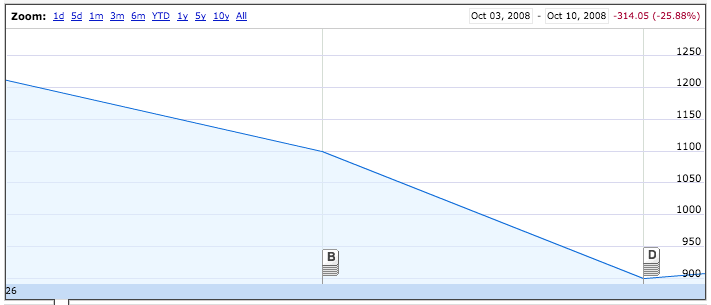
Even if you managed to keep it together then, March 2009 rolled around and you found yourself down over 55% from a little more than a year ago.
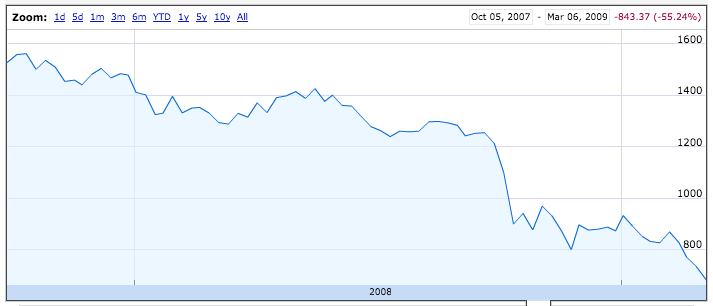
Scary news articles. On Google Finance, if you look back at historical quotes, they will adjust the “News” box to include articles from that time period. Here’s a few I picked out:
- September 9, 2008 – Stocks get pummeled (CNN Money)
- September 14, 2008 – Lehman files for bankruptcy, plans to sell units (Reuters)
- December 1, 2008 – Dow plunges 680 points (CNN Money)
- March 9, 2009 – Dow 5000? There’s a Case for It (WSJ)
- March 12, 2009 – How Low Can The Stock Markets Go? (Forbes)
Scary numbers. Here are historical S&P 500 drawdowns from user BlueEars.
1973 down 38% in 21 months (understated because of inflation)
1980 down 27% in 13 months
1990 down 19% in 3 months
2000 down 49% in 31 months (growth bubble, SP500 loaded with it)
2007 down 42% in 12 months to date
Lessons?
- Know your own tendencies. We did live through 2008/2009, but it felt like a different time. We were barely 30 years old and both employed. We “lost” a six-figure balance but we didn’t need it immediately. We did not sell any stocks and kept up all our automated 401k and IRA contributions. The hardest part was rebalancing, because that required action. Lesson: I tend to freeze and do nothing.
- Everyone is different. One poster had 33% cash, 33% bonds, 33% stocks and was still in a panic. Others wanted to increase their stock holdings to 90% or higher. Some bought in after the first major drop but then got nervous when it kept dropping.
- Stocks can drop 50% very quickly. Whatever you have in stocks, imagine it cut in half. Are you okay with that? Are you sure? I think I would be more nervous today given our much larger portfolio size. Therefore, our current asset allocation is more conservative (66% stocks/34% bonds).
- Cash helps keep you calm. If you don’t need the money for a long time, it’s easier to be detached. However, retirees tend to view investment loses in terms of “years of expenses”. If you usually take out $50,000 a year to cover spending, and then your portfolio drops by $500,000, that’s an entire decade of spending “lost”. Knowing that you already have at least 3-5 years of withdrawals in a safe money bucket can help.
If you are willing to read something longer, I recommend The Great Depression: A Diary. 2008/2009 was bad, but things could have been much worse. It’s easy to not appreciate safe assets when things are going well.
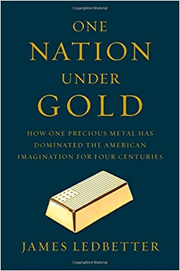
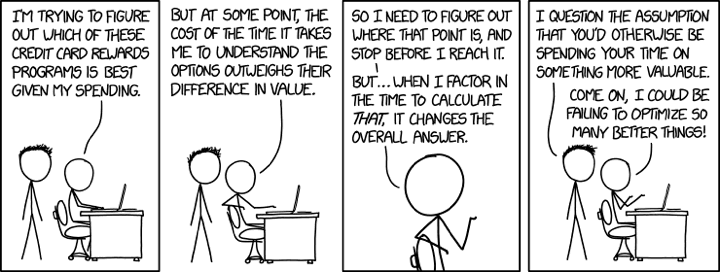
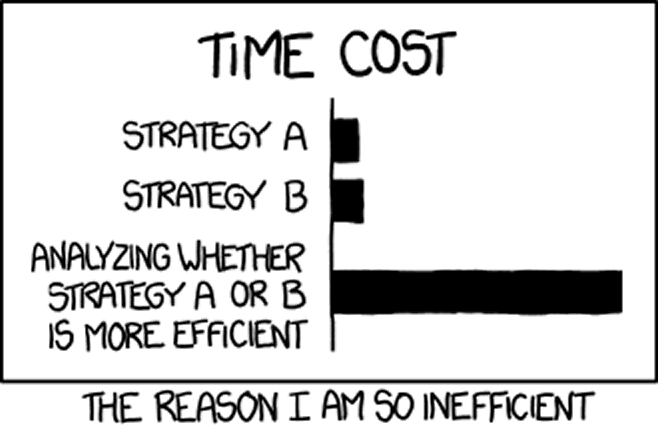
 For investment nerds, the recent Wall Street Journal article
For investment nerds, the recent Wall Street Journal article 
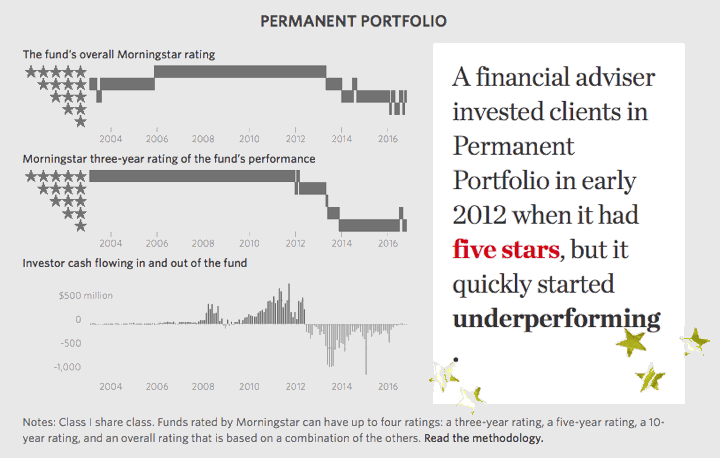

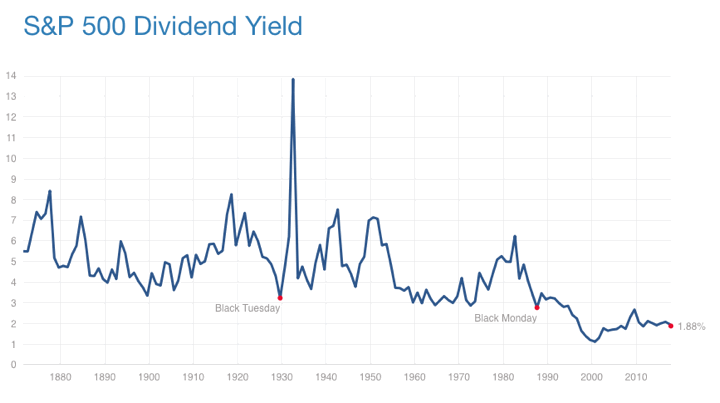
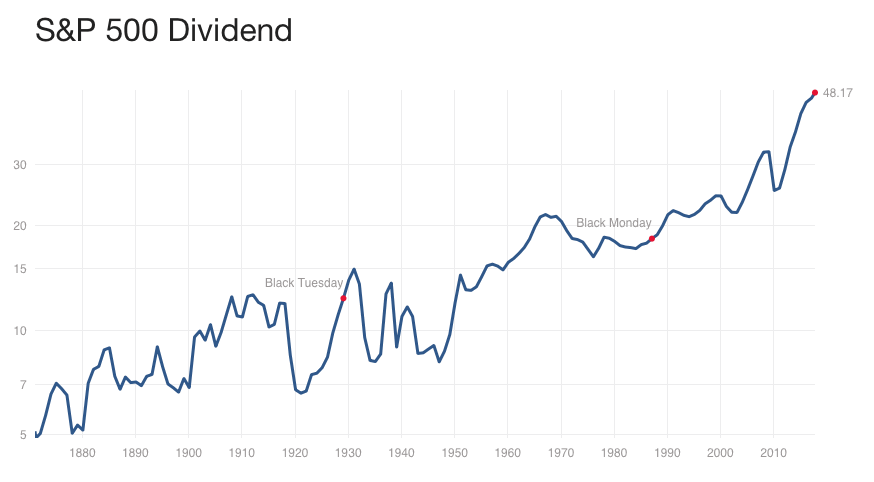

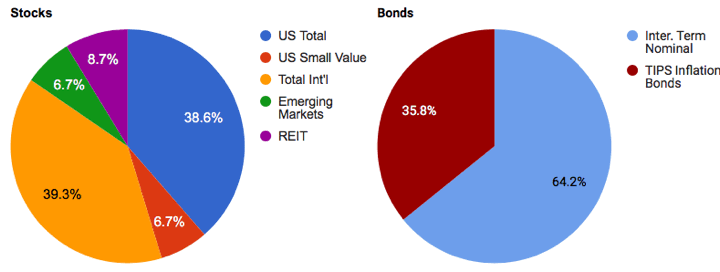
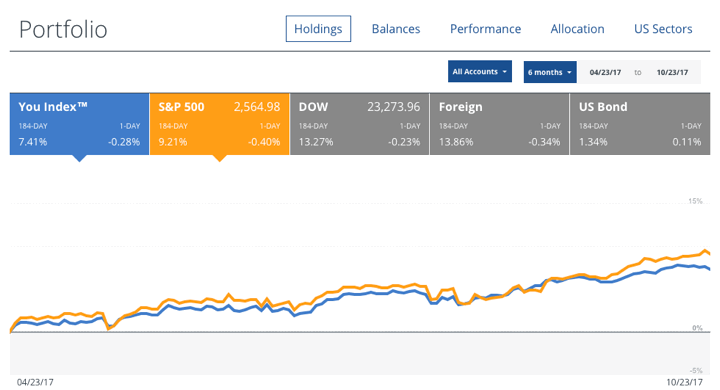
 I finally got around to reading an academic paper that looked a bit dry but had a great title:
I finally got around to reading an academic paper that looked a bit dry but had a great title: 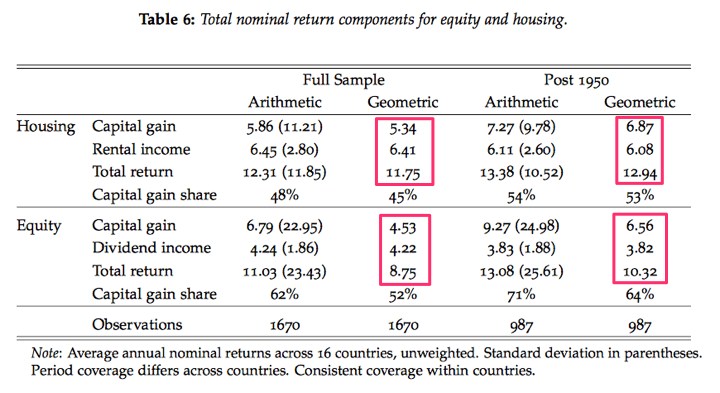
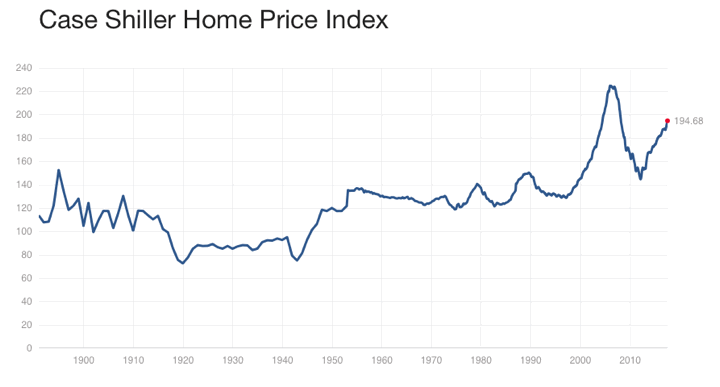
 If you are a California resident, check out this special offer on the Southwest Rapid Rewards® Credit Card that provides a shortcut to the SWA Companion Pass:
If you are a California resident, check out this special offer on the Southwest Rapid Rewards® Credit Card that provides a shortcut to the SWA Companion Pass: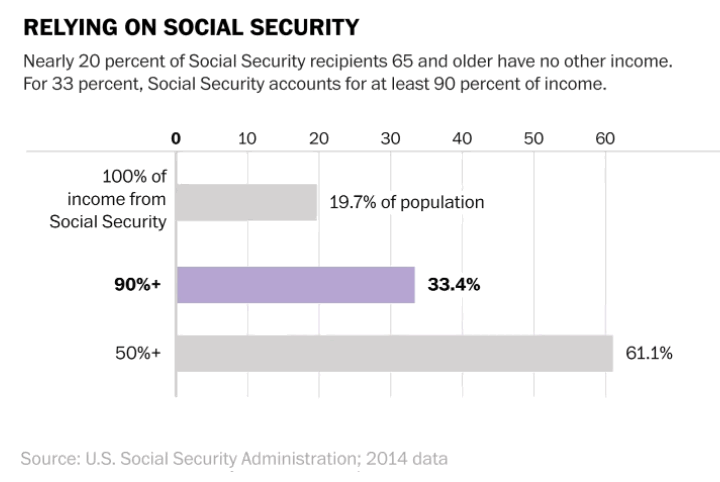
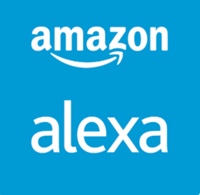

 The Best Credit Card Bonus Offers – March 2024
The Best Credit Card Bonus Offers – March 2024 Big List of Free Stocks from Brokerage Apps
Big List of Free Stocks from Brokerage Apps Best Interest Rates on Cash - March 2024
Best Interest Rates on Cash - March 2024 Free Credit Scores x 3 + Free Credit Monitoring
Free Credit Scores x 3 + Free Credit Monitoring Best No Fee 0% APR Balance Transfer Offers
Best No Fee 0% APR Balance Transfer Offers Little-Known Cellular Data Plans That Can Save Big Money
Little-Known Cellular Data Plans That Can Save Big Money How To Haggle Your Cable or Direct TV Bill
How To Haggle Your Cable or Direct TV Bill Big List of Free Consumer Data Reports (Credit, Rent, Work)
Big List of Free Consumer Data Reports (Credit, Rent, Work)